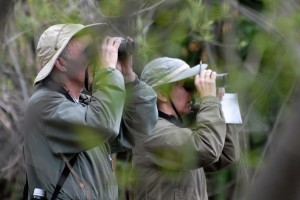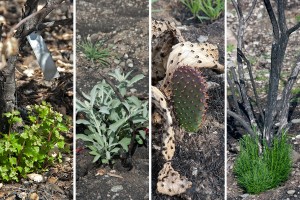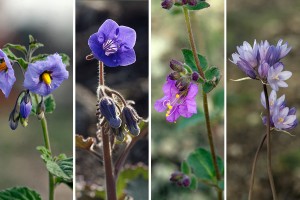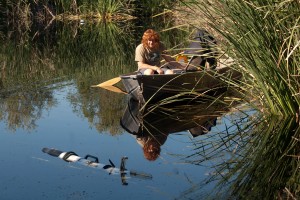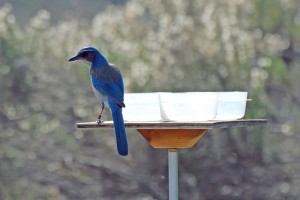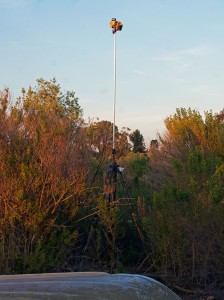On April 26, 2014, the BFS will host a variety of tours for the Claremont Community in celebration of Earth Day 2014. Everyone is invited. Please see the BFS Earth Day web page for details, including requirements and procedures. To reserve a space, please call the BFS Director, Wallace Meyer, at 909-398-1751. Don’t delay – some tours may already be full!
List of Tours:
- Bird Watching Tour – 7:00 to 9:00 AM:
Professor Catherine McFadden from Harvey Mudd College will be leading a bird tour. For a list of birds that you may see while at the BFS refer to our species list (http://bfs.claremont.edu/biota/birds/index.html) and the ebird records for a record of birds observed during different seasons (http://bfs.claremont.edu/biota/birds/ebird.html).
- Fire Ecology and Southern California Plant Community Tour – 8:00 to 10:00 AM:
Christopher McDonald, UC Extension Plant Specialist for San Bernardino County will be leading a tour focused on fire ecology and conservation of California native plant communities. People of all ages interested in fire ecology and conservation of native Southern California plant communities will gain a wealth of knowledge from one of our area’s most dedicated restoration ecologists.
- Wildflower Tour – 9:00 to 11:00 AM:
Professor Nancy Hamlett from Harvey Mudd College will be leading a wildflower tour. The late rains and the fire have provided unique opportunities for viewing wildflowers.
- Family Science Tour – 9:00 to 11:00 AM:
This tour will lead groups to a variety of stations:- Robotics for Bio-monitoring, where Professor Chris Clark from Harvey Mudd College will describe the equipment and let people operate robots that are used to monitor biota in aquatic systems,
- Bird Ecology, where professor Nina Karnovsky from Pomona College will teach people to identify local bird species and discuss aspects of their ecology,
- Native Plants and Pollinators, where Dr. Susan Schenk from Keck Science will provide an introduction to flower morphology (shape and color) and discuss how this influences pollinator behavior, and
- Conservation of Native and Rare Plants, where Professor Diane Thomson will discuss how best to protect native and imperiled plant species.
- Robotics for Bio-monitoring, where Professor Chris Clark from Harvey Mudd College will describe the equipment and let people operate robots that are used to monitor biota in aquatic systems,
- Night Tour for Families – 7:30 to 9:00 PM:
This tour will lead groups to a variety of stations in the evening:- Night Sky, where participants, led by professor Stephen Naftilan from Keck Science, will examine aspects of the night sky using the Keck Science telescope
- Insects of the Night, where Professor Heidy Contreras from the University of La Verne will teach participants about various insects active at night, and
- Bat Surveys, where Professor Paul Stapp from Cal State Fullerton will teach participants how to survey for and identify different bat species.
Again, remember to check the BFS Earth Day web page for details and phone the BFS Director, Wallace Meyer, at 909-398-1751 for reservations. Hope to see you there!
